-
Senior Member
registered user
Refracta Snapshots for Debian Live Systems
.
There is an interesting development effort called Refracta which may
interest some of the more advanced Knoppix forum members. This effort
is concerned with the progression of the iso of a live system with
persistence to a subsequent iso which embodies the combination of an
original iso with the contents of a persistence element. Refracta has
three cardinal elements: refractasnapshot, refracta2usb & refractainstall.
Quoting from a Refracta README:
refracta2usb:
Creates a live-USB from a live-CD iso file or from a running
live system.
refractainstaller:
Installs a running live CD or USB to hard drive, copying any additions
or changes that were made during the live session.
refractasnapshot:
Makes a bootable live-CD image from your installed system, copying any
additions or changes you've made to the system.
Refracta purports to be broadly applicable to most any Debian or Debian-like
live system. There is some correlation with Debian.Live, where it seems
that Debian.Live focuses more on using a live system to achieve an hdd install,
whereas Refracta focuses more on persistence and the progression of isos of
a live system from one level of development to another through 'snapshots'.
In the Refracta clique, initial isos are referred-to as 'firmware'.
This may be where the action is these days that we used to call re-mastering.
I know that Debian.Live uses squashfs as part of its magic, so a lot of this
may be familiar stuff to those who are fond of remastering, and have had
some hankering to experiment with squashfs as a cloop replacement.
I've not seen the Refracta code, so these are my impressions from auditing
Refracta and Debian.Live forums and reading a few .deb README files.
For further info see also the following
http://sourceforge.net/projects/refracta/
http://refracta.freeforums.org/refracta-f14.html
https://lists.debian.org/debian-live...4/threads.html
 Posting Permissions
Posting Permissions
- You may not post new threads
- You may not post replies
- You may not post attachments
- You may not edit your posts
-
Forum Rules

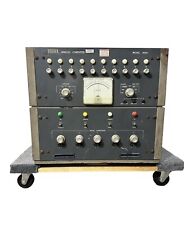
Vintage 1960s Donner Model 3000 Analog Computer ~ MUSEUM PIECE Extremely Rare
$4000.00
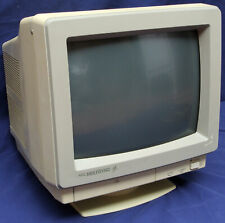
NEC Multisync II JC-1402HMA VGA EGA CGA Analog TTL Computer Monitor Vintage 1988
$699.99
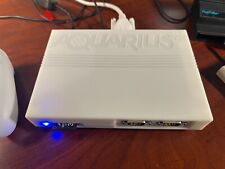
NEW Aquarius+ Computer Signature Edition - 8Bit Retro System
$239.00
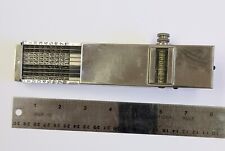
Landen Computer. Circa 1898. the Rapid Computer Company. With Original Case.
$425.00
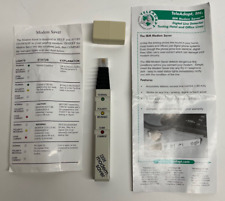
IBM Modem Saver Phone Line Tester
$7.99

Burr Brown Analog Computer parts Circuit boards w Helipot Potentiometers 1631a
$85.00

Apple IIc Analog Board NOS - 661-0265
$74.00
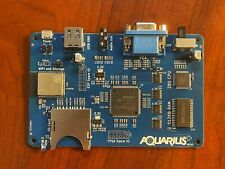
NEW Aquarius+ Mini 8Bit Retro Computer System - Assembled PCB ONLY
$109.00
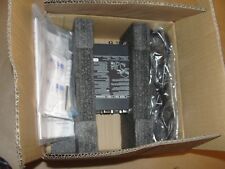
Extron RGB-160XI Analog Computer Video 60-378-01
$187.06
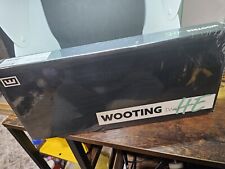
Wooting Two HE Mechanical Keyboard Analog Linear Lekker Switches
$299.99



 Reply With Quote
Reply With Quote










